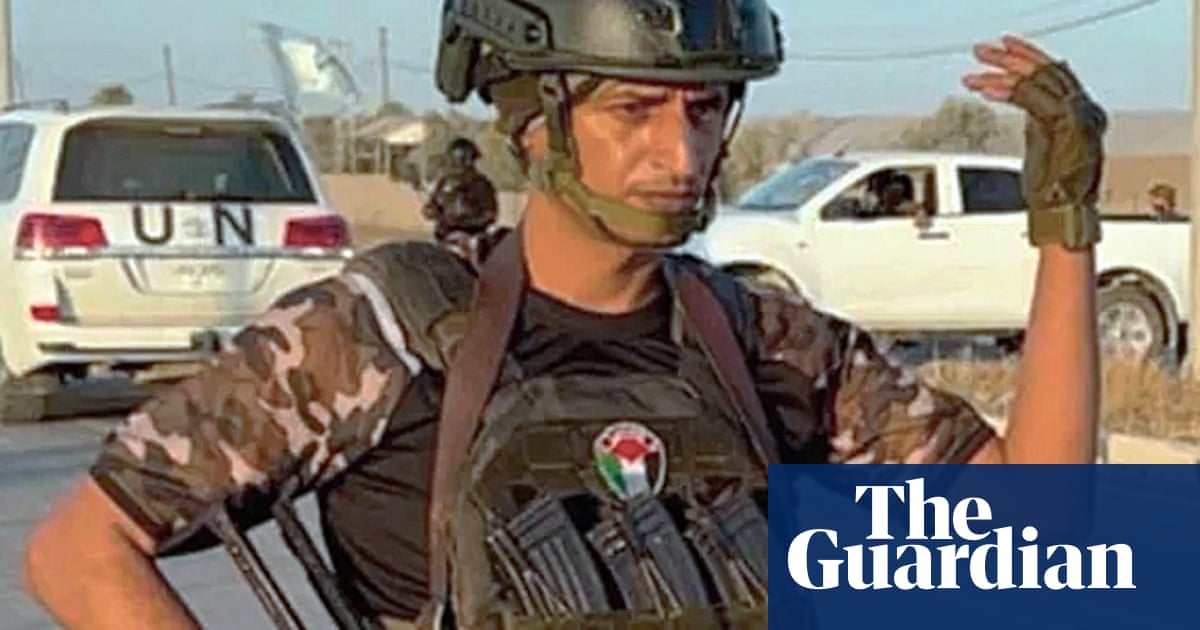Hamas has killed 50 fighters in recent months from a Palestinian gang armed byIsraelin Gaza, according to a statement released amid reports that Israeli troops directly intervened this week to protect the faction.
According to media reports in Israel, clashes between Hamas fighters and members of a militia led byYasser abu Shabab, known locally for his involvement in criminal activity, erupted early on Tuesday in Rafah.
The Israeli news channel i24reportedthat Israeli soldiers had clashed with Hamas members in order to protect Abu Shabab from being killed, which resulted in deaths on both sides.
Israeli defence officials acknowledged last week that they had beenarming the group, with the aim of undermining Hamas. Aid workers said the group had a long history of looting from UN trucks.
This week, an Israeli air force drone struck fourHamasmilitants in what i24 described as “the first Israeli strike on Gaza whose sole objective was to assist the Abu Shabab militia”, which it claimed was providing security to aid trucks passing from the Kerem Shalom crossing into Gaza.
On Tuesday, in a long statement released to the press, Abu Shabab’s militia, named the Anti-Terror Service or Popular Forces, said: “Hamas has killed over 50 of our volunteers, including relatives of our leader, Yasser, as we guarded aid convoys and redistributed supplies that were otherwise destined for corrupt entities linked to Hamas.
‘‘We’ve also cleared explosive remnants from the area – losing members in the process.”
The Israeli news outlet Ynet said Abu Shabab’s militia had also ambushed Hamas members from the “Arrow” unit, which is responsible for targeting collaborators with Israel, killing six of them.
On 7 October 2023, during Hamas’s attack in Israel that ignited the war, Abu Shabab was languishing in a Hamas-run jail inGazaon charges of drug trafficking. With the outbreak of the conflict, the Palestinian from Rafah managed to leave prison, though the circumstances of his release remain unclear.
His Israeli-armed gang now consists of more than 100 men who operate in eastern Rafah.
Abu Shabab has been nicknamed “the Israeli agent” and described as a traitor on social media in Gaza. Hamas has publicly declared its intent to kill him.
“Had it not been for the intervention of the Zionist air force to protect the traitor Yasser Abu Shabab … he would have been in the grip of the resistance today,” it said in a statement.
“We will pursue the traitors no matter how long it takes and we affirm that the occupation’s protection of him will not last, and we will reach him sooner or later.”
Israeli analysts have warned that the move by Israel to arm Abu Shabab could push Gaza to the brink of a civil war.
